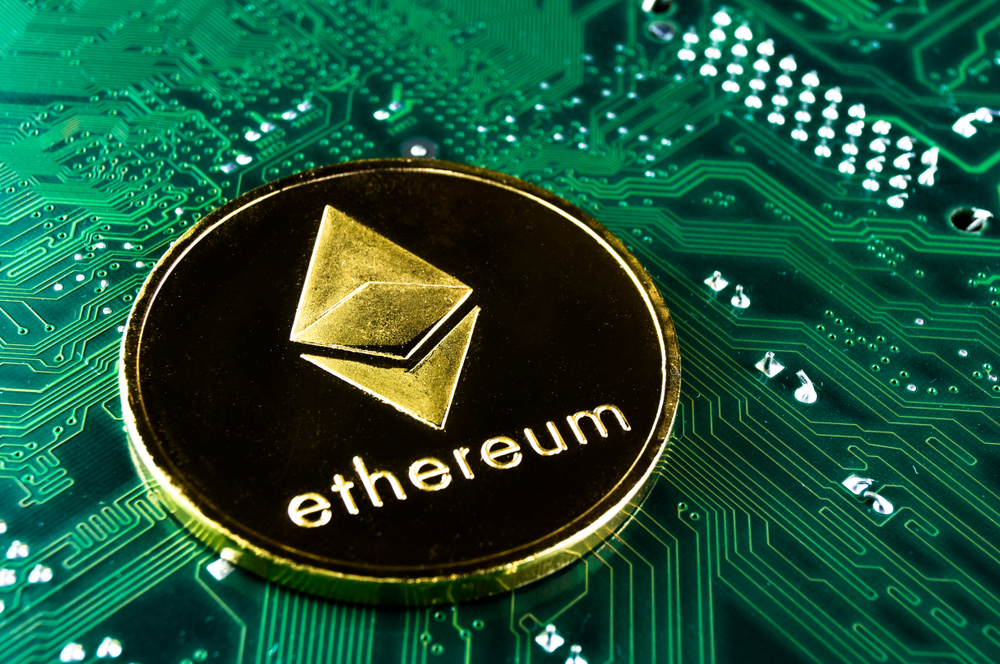Weeks after the Ethereum network transitioned to proof-of-stake (PoS) from proof-of-work (PoW), the platform experienced its first deflationary issue. Hence, critics took a dig at the Ethereum Foundation’s decision to remove the timeline for the Ether staking withdrawal.
A member of the vibrant crypto community noted that the network’s decision-makers initially revealed that ETH staking withdrawals are likely to commence six months after the long-awaited Merge.
Later on, the development team moved it to 6–12 months. Meanwhile, as the community member disclosed, they further revised the timeline between 2023 and 2024 before the team finally removed the plan.
Furthermore, a Twitter user further fueled the already tense situation by declaring that the purported ETH staking is a non-redeemable investment. As expected, other commenters echoed the same sentiment by reposting the initial tweet criticizing the withdrawal deadline.
However, supporters of the network duly responded to the criticisms by defending Ethereum. The co-founder of the Ethereum resource platform, ETHhub, Anthony Sassano, downplayed the allegations, stating that it is an attempt from the Bitcoin advocates to water down Ethereum’s achievement.
Sassano highlighted the recent milestone that the network has attained after the Merge. However, another Ethereum developer revealed that criticism comes when the network asserts its market dominance while Bitcoin’s influence is steadily declining.
Ethereum’s Deflationary Issuance
Ethereum witnessed its first phase of negative supply issuance on November 2, after the Merge, as a growing market pushed transaction fees up. The highly anticipated London upgrade introduces a burning system into Ethereum’s fee in August.
As a result, a significant amount of Ether has been burned with every transaction executed. At that time, Ethereum gas prices had been hovering high, and more ETH had been removed from circulation for seven consecutive days.
However, Sassano revealed that deflationary issuance is not expected until after the Merge. After implementing the London upgrade, over 724,400 ETH have been burned.
Etherscan data shows that the average cost of an ERC-20 transfer is high (around $46). Thus, offering services like liquidity to the DeFi protocol or a token swap can cost more than $150.
Sassano noted that the PoS upgrade has not pushed the gas fees up but has made them predictable and not prone to speculation. Despite the deflationary issue, Ether supporters encourage token users to move their transactions to its Layer-2 consensus.
Ethereum’s L2 network has a total value locked (TVL) of $4.68 billion across the two protocols. As a result, the TVL has spiked by nearly 500% over the last two months.
Users continue to find alternative ways to avoid painfully high transaction costs. The transition from proof-of-stake (PoS) to proof-of-work (PoW) is intended to reduce the fees associated with Ethereum transactions.
